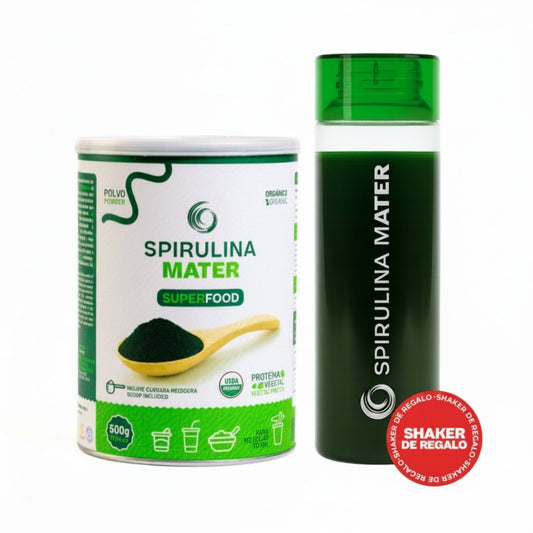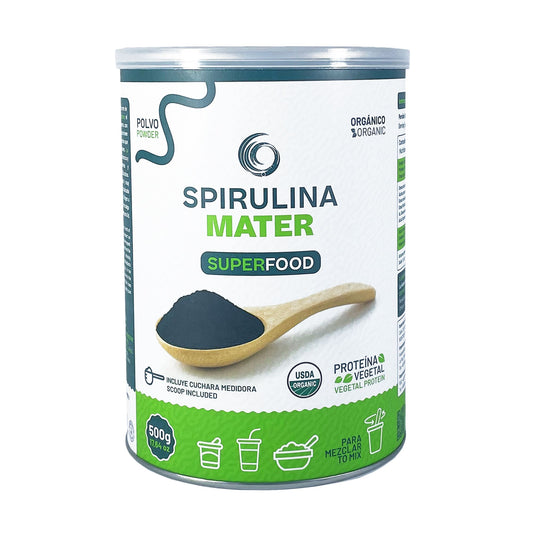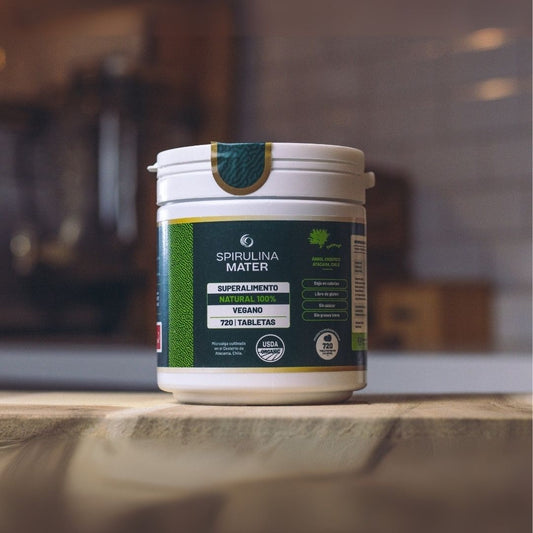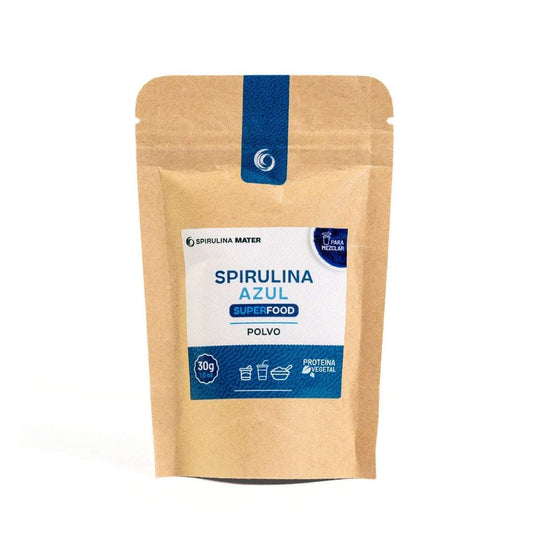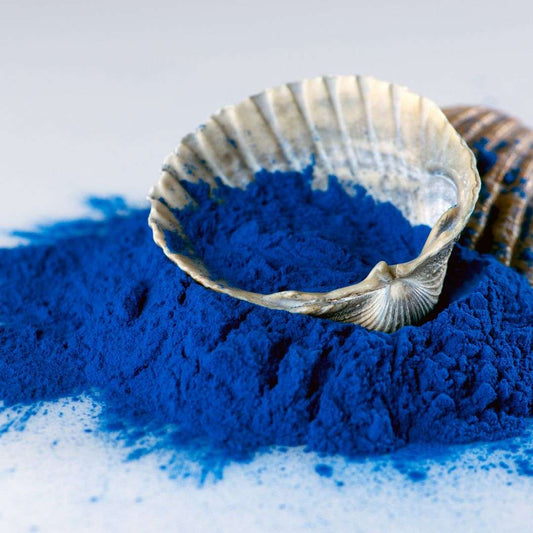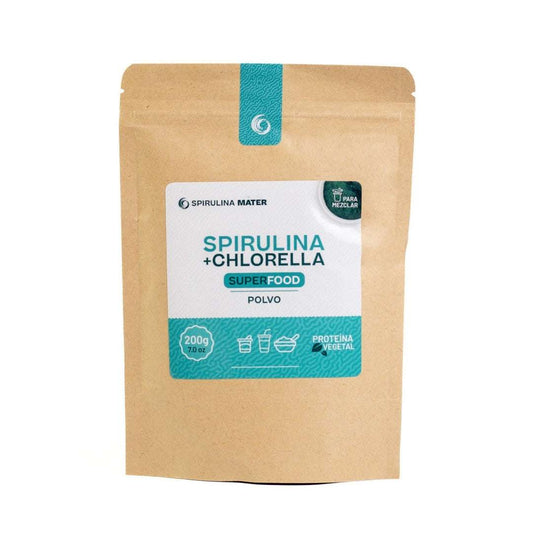THE ORIGIN of Spirulina
The consumption of Spirulina dates back to ancient times, being used as a source of superfood and medicine in ancient cultures such as the Aztecs and the Mayans. These cultures considered Spirulina to be a sacred food and collected it from nearby lakes and rivers.
The origin of Spirulina - Watch Video >>>
Spirulina was also used in Africa as a food source by the Kanembu tribes in Chad, as part of their daily diet and who identified it as a source of essential nutrients.
Over the centuries, Spirulina has been used in different cultures and regions of the world as a food source. However, it was in the 1990s when its nutraceutical properties were discovered by Western scientists.
Since then, Spirulina has become a popular food around the world, especially among those looking for a source of plant protein and other important nutrients.
Currently, Spirulina is grown in different parts of the world, including countries such as China, India, the United States and Chile. It is often grown in special ponds and pools, and processed into different forms such as powder, tablets, and capsules. Additionally, Spirulina is also used in beauty and skin care products due to its content of antioxidants and other beneficial nutrients.
In summary, Spirulina is an algae that has been used for centuries as food and medicine in different cultures around the world. From its discovery by scientists in the 1970s to its widespread use around the world today, Spirulina has come a long way and remains one of the most popular options for those looking to improve their health and well-being.
If you are interested in trying Spirulina and experiencing its benefits, it is important that you purchase it from a reliable and quality source.


